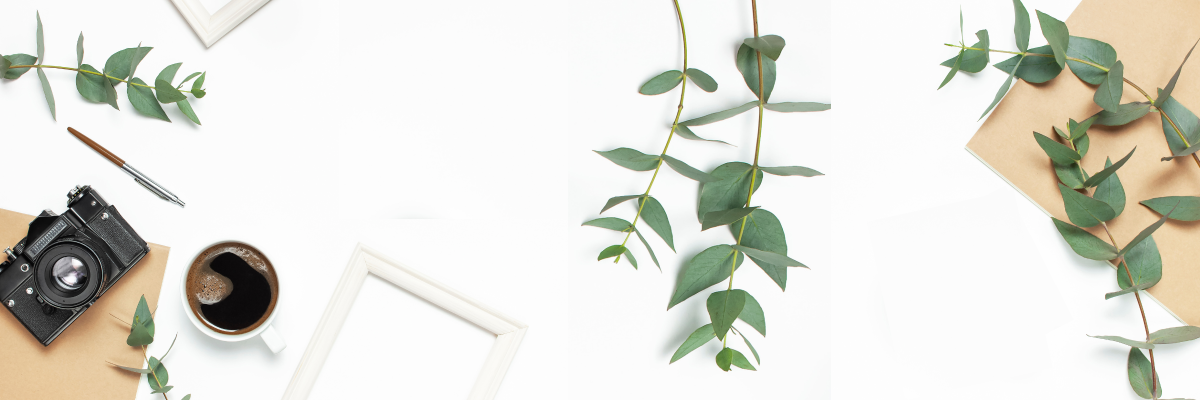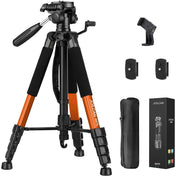Still life photography is a captivating art form that allows photographers to create stunning compositions using inanimate objects. This genre of photography transcends time and trends, enabling artists to explore their creativity through careful arrangement and lighting. Whether you're a seasoned pro or a beginner armed with an APS-C mirrorless camera, the world of still life photography invites you to delve into your imagination and express your unique perspective.
The Essentials of Still Life Photography
Before we dive into the creative aspects of still life photography, let's cover some essentials that will help you set the foundation for your captivating images.
Understanding Composition
The first step in creating compelling still life photographs is mastering composition. Composition refers to the arrangement of elements within the frame. Here are a few key concepts to consider:
- Rule of Thirds: Imagine dividing your frame into nine equal parts with two vertical and two horizontal lines. Place the most important elements along these lines or at their intersections to create balance.
- Leading Lines: Utilize lines in your arrangement to guide the viewer's eye toward the focal point of your composition.
- Framing: Use elements within your scene to frame the subject and create depth.
The Role of Lighting
Lighting can make or break a still life photograph. It adds dimension, creates mood, and highlights textures. Here are some tips for achieving breathtaking lighting:
- Natural Light: Take advantage of soft natural light coming through a window. Early morning or late afternoon light is often the most flattering.
- Artificial Light: Use studio lights or continuous lighting kits if you prefer to work indoors or in controlled environments.
- Modifiers: Adjust the quality of light by using diffusers or reflectors to soften shadows or enhance highlights.
Choosing the Right Equipment
While photography is largely about creativity, having the right equipment can elevate your still life shots. The choice of camera, lens, and accessories can significantly impact the final image quality.
The Benefits of an APS-C Mirrorless Camera
An APS-C mirrorless camera is an excellent choice for still life photography due to its compact size, lightweight design, and advanced technology. Here are some benefits of using an APS-C mirrorless camera:
- Image Quality: Thanks to larger sensors, APS-C mirrorless cameras can capture high-resolution images with exquisite detail, making your still life subjects come alive.
- Interchangeable Lenses: A wide variety of lenses lets you experiment with different focal lengths, allowing you to create unique perspectives and compositions.
- Live View and Focus Peaking: These features help you compose your shots and achieve precise focus, especially when working with intricate arrangements.
Other Useful Equipment
In addition to your APS-C mirrorless camera, consider investing in the following accessories to improve your still life photography:
- Tripod: A sturdy tripod is a must for steady shots and long exposure times, particularly in low light situations.
- Backdrop: Invest in various backdrops to create diverse settings that complement your subject.
- Props and Textures: Experiment with different materials, such as fabrics, glass, and greenery, to add depth and interest to your compositions.
Finding Inspiration for Still Life Photography
Creating unique still life compositions often requires inspiration. Fortunately, inspiration can be found in everyday life if we take the time to look. Here are some ways to ignite your creativity:
Everyday Objects
Start by examining your surroundings. Everyday objects such as fruits, flowers, kitchen utensils, and books can serve as excellent subjects. Experiment with the arrangement, color, and shape to discover compelling compositions.
Art and Culture
Look to famous still life paintings and artworks for inspiration. Classic artists like Vincent van Gogh and Paul Cézanne mastered the art of still life, and their works can guide your compositions and color choices.
Thematic Series
Consider creating a thematic series, such as "Nature's Bounty" featuring fruits and vegetables or "The Kitchen" with cooking-related items. Having a theme will not only provide direction but also allow you to develop a unique style.
Post-Processing Techniques
Once you've captured your still life images, the work isn't over yet; post-processing plays a crucial role in enhancing your photographs.
Editing Software
Invest in reliable editing software to elevate your still life images. Programs like Adobe Lightroom or Photoshop allow for greater control over aspects such as exposure, contrast, and color balance.
Basic Adjustments
Here are some basic adjustments you might consider during post-processing:
- Crop: Tighten your composition by cropping unwanted elements.
- Exposure: Adjust the exposure to brighten or darken your image.
- White Balance: Correct colors by adjusting the white balance to ensure your subjects appear natural and true to life.
Mastering the Art: Tips for Beginners
As you embark on your still life photography journey, here are some tips and tricks to help you grow and improve in this art form:
- Practice Regularly: The more you practice, the better you’ll become. Dedicate time to experiment with various compositions and lighting conditions.
- Seek Feedback: Share your work with fellow photographers or online communities. Constructive criticism can provide valuable insights.
- Study the Masters: Research and analyze the works of established still life photographers to understand their techniques and styles.
Showcasing Your Work
Once you have a collection of stunning still life photographs, it's time to showcase your work. Here are some avenues to consider:
Online Portfolio
Create an online portfolio on platforms like Shopify to display your best pieces. Make sure to utilize SEO strategies to attract potential buyers and clients.
Social Media
Leverage platforms such as Instagram and Pinterest to share your still life photographs. Engage with your audience and use relevant hashtags to increase visibility.
Photography Exhibitions
Consider participating in local photography exhibitions or competitions. This not only helps you gain exposure but also connects you with other photographers and enthusiasts.
Embracing Your Unique Style
Still life photography is not just about the objects you choose, but also about the story you tell through your art. As you practice and explore different techniques, allow your personal style to evolve naturally.
Incorporate your interests, cultural background, or emotional connection into your compositions. This engagement will not only make your images more meaningful but will resonate with your audience.
Final Thoughts: The Endless Journey of Still Life Photography
The art of still life photography is a versatile and rewarding pursuit that allows photographers to explore creativity and convey emotion through the interplay of light and form. With an APS-C mirrorless camera in hand and the tips discussed in this article, you are more than equipped to embark on your still life photography journey. Remember, each photo is a story waiting to be told. So, grab your camera, let your imagination flourish, and create breathtaking compositions that capture timeless beauty.











